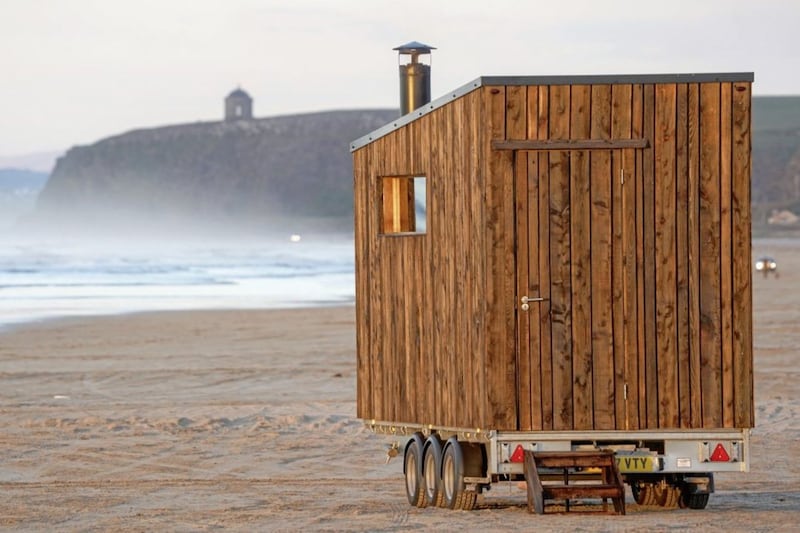A naturalised garden pond provides the perfect habitat for humans and wildlife alike to enjoy. Water features of any kind are said to be the single most effective measure for attracting birds, small mammals and amphibians into your garden but the more it is in keeping with nature, the better the results.
It’s not necessary to go completely wild when it comes to planting. You can easily strike the perfect balance between form and function by deploying some, if not all, of the following perennials in and around your pond. These are a mix of native plants that you can propagate yourself and cultivars that you’ll pick up at any decent nursery:
Ligularia dentata ‘Desdemona’
Ligularia are a family of robust perennials that really ought to be more popular. The variety ‘Desdemona’, sometimes known as the leopard plant, is one of the best performers though its bronze-tinted lobed leaves are prone to attacks by slugs and snails. Mollusc ravaging notwithstanding, come August it produces bright yellow flowers, with an orange tinge, that glow in the late summer/early autumn light. Tends to fare best where its roots can access moisture.

Common valerian
This is a quintessential, architectural Irish bogland plant. A common sight on road verges in the west but less so the farther east you travel, it should be fostered in every garden, cottage or not. It will prosper in anywhere its roots are moist and it gets full sun. Tall (1.5m) stems are topped with umbel-like clusters of tiny pale pink or near white flowers from mid-June.
Astilbe ‘Fanal’ (× arendsii)
The brightest and, in my opinion, by far the best of the astilbes, ‘Fanal’ will perish in dry soil but thrive in a damp, sunny or partially shaded spot - i.e. close to a pond. A worthy holder of the RHS’s Award of Garden Merit, its deep red plumes are a summer highlight and the perfect foil to taller neighbours.
Yellow Flag Iris
Another common bogland native that also deserves a place in every garden, the flag iris is the only true marginal in this list, in that in will grow both in and beside water. In my experience, the upright, sword-like foliage grows big quickly when submerged, fuelled by the nutrients in the water. Cutting back hard annually is therefore necessary and will likely involve getting your feet wet.
Persicaria affinis ‘Superba’
Mostly deployed as an effective and attractive ground cover plant that spreads but doesn’t invade, this is a shorter persicaria than the taller varieties that work best in borders. I discovered its suitability for a pond-side position quite by accident, as it grew towards the water yet appeared content to get wet. While not the typical ‘marginal’, with its pinky-red spiked flowers, it’s a perfect ornamental that also provides cover for frogs and whatever else utilises your water feature.
Purple loosestrife
Yet another native bogland plant that should figure more prominently in Irish gardens, as it looks great and will also boost biodiversity. Right at home in a naturalistic setting, purple loosestrife (Lythrum salicaria) produces tall, upright spires of purple – some say mauve – flowers throughout the summer. It likes its roots in damp ground and its head in the sun. Can be propagated by seed or division and once established should self-seed freely.








